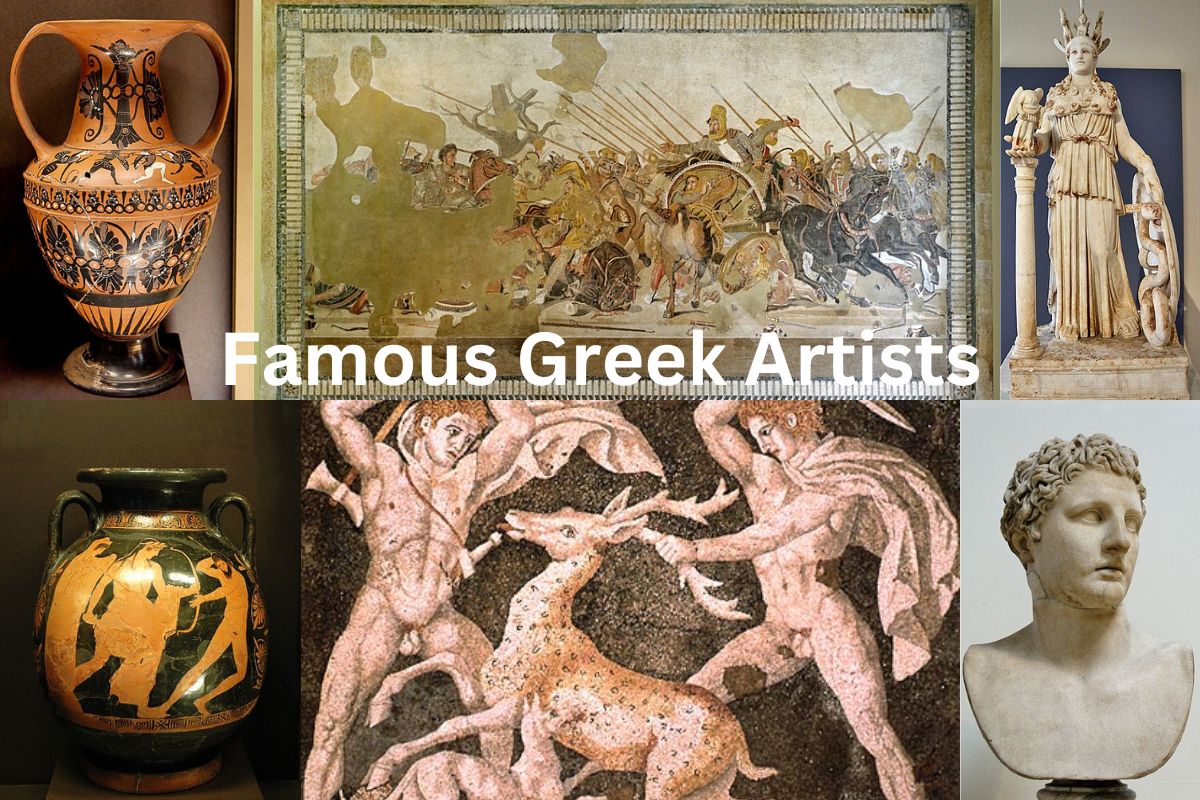Ancient Greek art is renowned for its beauty, realism, and innovation. Greek artists were known for their exceptional skill in a variety of fields, including sculpture, painting, architecture, pottery, and more.
They were deeply influenced by the ideas and values of Greek philosophy, mythology, and religion, and their art reflected a deep reverence for the human form and the natural world.
Some of the most famous Greek artists include Phidias, Praxiteles, Zeuxis, Polygnotus, and Apelles, each of whom made significant contributions to their respective fields.
Their works have had a profound influence on the development of Western art and continue to inspire artists to this day.
From the grandeur of the Parthenon to the delicate beauty of a Greek vase, ancient Greek art remains one of the greatest legacies of the Western world.
Famous Greek Artists
1. Apelles
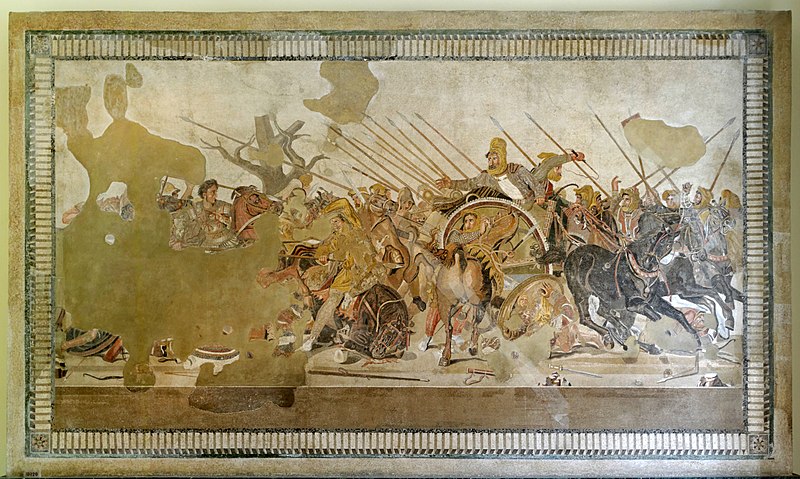
Apelles was an ancient Greek painter who lived during the 4th century BC. He was considered one of the greatest painters of his time and was renowned for his exceptional skill and innovation in the field of painting.
Apelles was best known for his realistic and detailed depictions of human figures, as well as his use of color and light to create a sense of depth and realism in his paintings. He was particularly famous for his portraits, which were highly prized by his contemporaries.
Apelles was also known for his willingness to experiment with new techniques and materials, and he was credited with the invention of a new kind of paintbrush.
Although none of Apelles’ original paintings have survived to the present day, his influence on the field of painting has been profound, and his techniques and ideas have inspired generations of artists.
2. Phidias
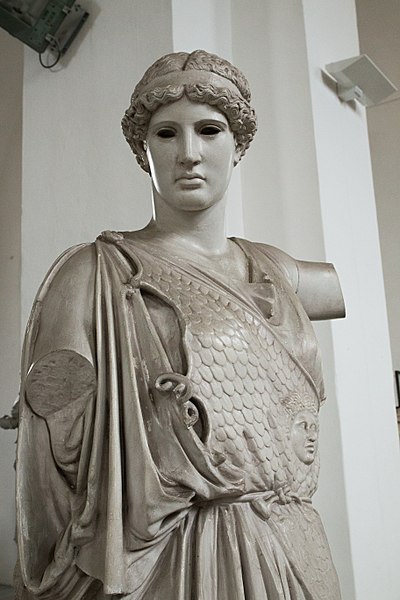
Phidias was an ancient Greek sculptor and architect who lived during the 5th century BC. He was one of the most famous and influential sculptors of his time and is known for his work on several famous buildings and sculptures, including the Parthenon in Athens and the statue of Zeus at Olympia.
Phidias was particularly known for his ability to create large-scale sculptures and his use of gold and ivory to create intricate and lifelike details.
His works were highly realistic and captured the essence of his subjects in a way that was both powerful and graceful.
Phidias’ work had a profound influence on the development of Western art and sculpture, and his techniques and ideas have inspired artists for centuries.
3. Gnosis
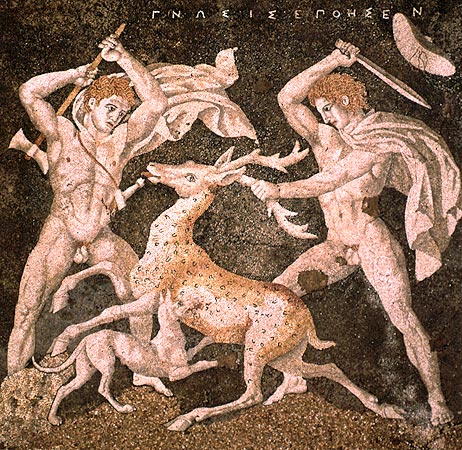
Gnosis (active circa 300 B.C.) is the name of the artist who signed the famous Stag Hunt Mosaic from the “House of Helen’s Abduction” in Pella, the capital of the Macedonian Kingdom.
It is the earliest known signature of a mosaicist (“Gnosis epoesen,” or “Gnosis created”) and the only artist’s name that has survived on a pebble floor.
It is unknown if Gnosis was the mosaicist or the painter who created the image that the floor composition reproduces.
Also unknown is whether he was a native or immigrant artist to the Macedonian court. In the Pella mosaics, pebble size and novel materials such as semiprecious stones and glass tesserae are used for the first time.
4. Scopas
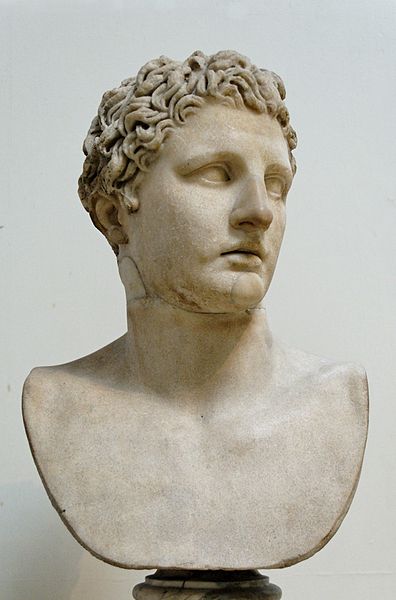
Scopas was an ancient Greek sculptor and architect who lived during the 4th century BC. He was born in the city of Paros and worked primarily in Athens.
Scopas was known for his highly emotional and expressive sculptures, which often depicted mythological and heroic figures.
Some of his most famous works include the Mausoleum at Halicarnassus, which was one of the Seven Wonders of the Ancient World, and the Temple of Athena Alea in Tegea.
Scopas was also known for his skill as an architect, and he designed several important buildings in Athens, including the Temple of Athena Nike on the Acropolis.
Although none of Scopas’ original sculptures have survived to the present day, his influence on the field of sculpture has been profound, and his ideas and techniques have inspired generations of artists.
5. Praxiteles
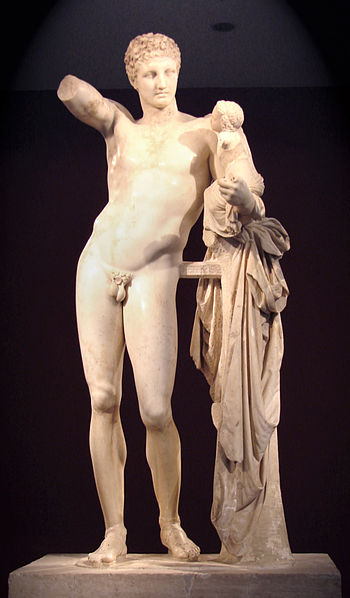
Praxiteles was an ancient Greek sculptor who lived during the 4th century BC. He was known for his depictions of the human form, particularly the female figure, and his innovative use of materials and techniques.
Praxiteles was one of the most famous sculptors of his time and his work was highly influential, setting the standard for Greek sculpture for centuries to come. Some of his most famous works include the “Aphrodite of Knidos”, which was one of the first full-scale nude female sculptures, and the “Hermes and the Infant Dionysus”.
Praxiteles’ sculptures were highly realistic and lifelike, and his attention to detail and the use of delicate, sensuous forms set him apart from other sculptors of his time.
Despite the fact that none of his original sculptures have survived to the present day, his legacy can be seen in the work of later artists, including Michelangelo and Auguste Rodin.
6. El Greco
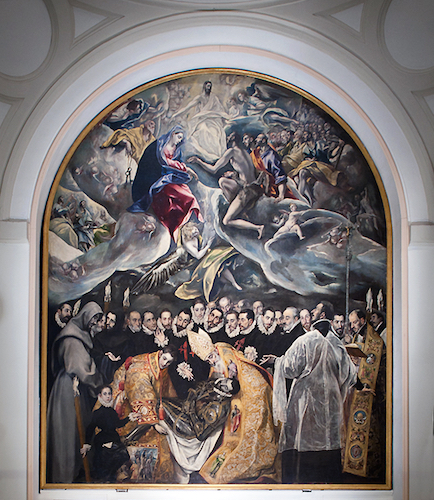
El Greco, whose real name was Domenikos Theotokopoulos, was a Greek painter, sculptor, and architect who lived in the 16th and 17th centuries.
He was born in Crete, which was then part of the Venetian Republic, and spent much of his life in Italy and Spain. El Greco is known for his unique style, which combined Byzantine and Renaissance art with his own personal vision.
He was particularly famous for his religious paintings, which often featured elongated figures and dramatic lighting effects.
Some of his most famous works include “The Burial of the Count of Orgaz” and “View of Toledo”.
El Greco’s work was highly influential and anticipated the development of the Baroque style in painting. His legacy can be seen in the work of later artists such as Francisco de Goya and Pablo Picasso.
7. Zeuxis
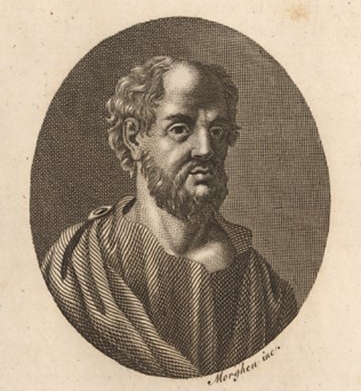
Zeuxis was a Greek painter who lived during the 5th century BC. He was known for his highly realistic and lifelike paintings, which often depicted mythological scenes and figures.
According to legend, Zeuxis was once commissioned to paint a group of grapes so realistic that birds would be fooled into trying to eat them.
Zeuxis painted the grapes so realistically that when he unveiled the painting, birds flew down to peck at them. Zeuxis was also known for his attention to detail and his use of perspective, which made his paintings seem three-dimensional and lifelike.
He is considered one of the most important painters of the ancient world, and his influence can be seen in the work of later artists such as Michelangelo and Raphael.
8. Polygnotus
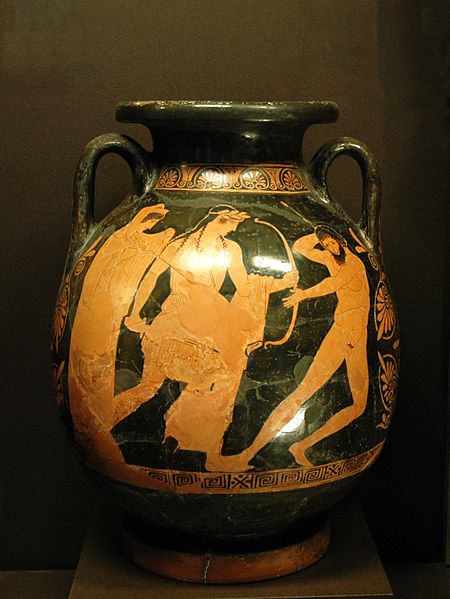
Polygnotus was an ancient Greek painter who lived in the 5th century BC. He was one of the most famous painters of his time and is known for his large-scale wall paintings, which were highly innovative and influential.
Polygnotus was known for his ability to capture complex emotions and expressions in his subjects, and his paintings often depicted scenes from mythology and history. He was also known for his use of color and his attention to detail, which made his paintings highly realistic and lifelike.
Some of his most famous works include the paintings he created for the Stoa Poikile in Athens and the Temple of Theseus.
Despite the fact that none of his original paintings have survived to the present day, Polygnotus’ influence on the field of painting has been profound, and his techniques and ideas have inspired generations of artists.
9. Apollodorus Skiagraphos
Apollodorus Skiagraphos, also known as Apollodorus the Shadow Painter, was a Greek artist who lived during the 5th century BC.
He was known for his unique style of painting shadows onto white backgrounds, creating the illusion of three-dimensional forms.
His technique was highly innovative and influential, and many later artists, including the famous Greek painter Zeuxis, were inspired by his work.
Although none of Apollodorus’ original paintings have survived to the present day, his technique and influence can be seen in surviving works from the period, such as the frescoes in the House of the Tragic Poet in Pompeii.
10. Nikosthenes
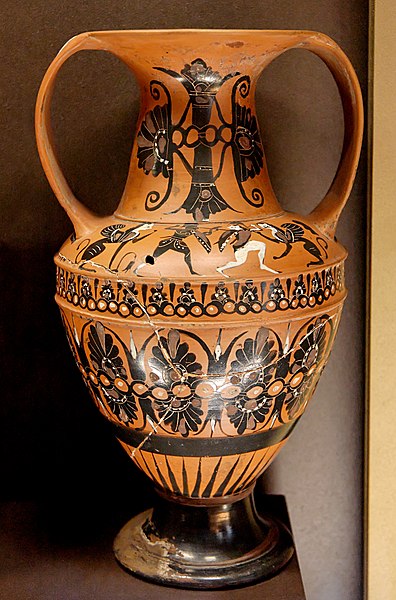
Nikosthenes was an ancient Greek potter who lived in Athens during the 5th century BC. He was known for his innovative style and his production of high-quality ceramics that were widely exported throughout the Mediterranean world.
Nikosthenes is particularly famous for his black-figure pottery, which is characterized by the use of a black glaze to create detailed, intricate designs on the surface of the pottery.
He is also known for his use of a signature technique called the “red-figure” style, which he developed along with other potters of his time.
Nikosthenes’ pottery is highly prized by collectors and museums today, and his innovative techniques and designs have had a lasting influence on the field of pottery and ceramics.

